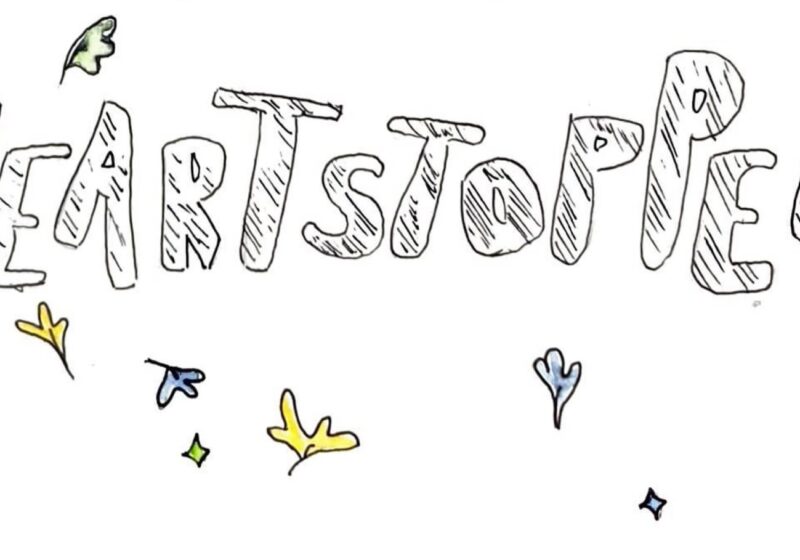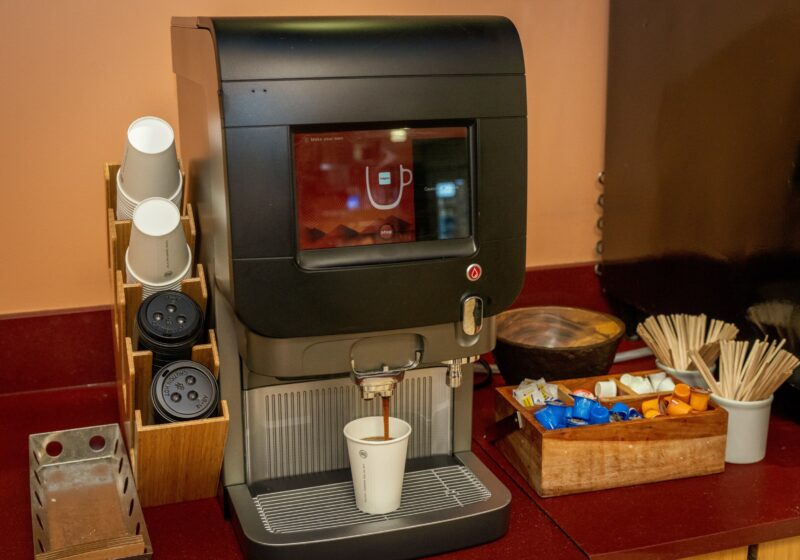With the beginning of the spring semester, Information Technology Services will be implementing a charge of $0.08 per page for printing. ITS believes that this will help defray the costs of upkeep for printers and supplies, but this creates a major issue for students in courses that require large amounts of printouts for required work. More courses are being tied in with technology, and make use of the library’s electronic reserves. With lecture notes and reading assignments available only online, students make use of the ITS Center for these printing needs.
With the start of charging for printing, students will be forced to use their Flex accounts in order to have access to print at the ITS Center.
Over the course of a semester, the amount spent by a student on printing for courses can easily lead to an enormous sum. ITS must make certain that students are given quality service for what they pay for.
Over the course of the previous few months, ITS started the process by implementing the new system using a card-swiping machine to send out print jobs.
Before charging begins, ITS must ensure that any problems that are occurring now are soon corrected to ensure a smooth transition. Some problems have occurred with printers jamming, and r an incorrect number of pages being registered on release stations.
Although this is not a problem now when students are being charged per sheet, errors in this manner would lead to overcharges. A good system needs to be fully implemented before the start of the next semester to eliminate a majority of errors. If errors in printing do occur, there must be a way to reimburse students for bad page prints or printer jams.
A problem with the events leading to paying for printing is the lack of student input. Students are the focus of the ITS Center, and it is unfair to leave them out of drastic changes that will effect them. There are definitely a large number of alternatives available to us. Because of the lack of contact with students so far, it is possible that a number of students will protest the printing charges. Coming to this drastic action is unnecessary, and could have easily been averted months ago with a more active approach to contact UR students.
It is not necessarily a bad thing that ITS will charge for printing. For the past several years, UR students have gotten an extra service for free, where most colleges have implemented charges some time ago. The system is a valid way of covering costs of paper and print services, but it is questionable if the amount being charged is a valid amount.
While the amount of $0.08 per page has been called an “industry standard,” a smaller amount per page may still cover the cost. Some of this money must be spent to pay for the new system that has been put in place.
Perhaps ITS should look toward more affordable solutions to printing, such as Open Source software that is free and as robust a program as the system purchased. For instance, the Common Unix Printing System is already installed on every Macintosh computer in the ITS Center. It is ludicrous not to implement free software that is already provided.
There are more possibilities in payment options to make printing more flexible to the UR student. Rather than the proposed plan using Flex only, other alternative payment options should be available to students. Printing costs could be deferred to the term bill, similar to phone charges and CPU box rentals are accounted for. This could aid students in not spending money out of pocket to cover necessary academic costs of printing for courses.
Students who have limited funds and are dependent upon scholarships or various financial aid should have an option to have printing fees covered by their forms of aid. As it is now, students pay a portion of their tuition to fund the ITS Center. If additional funding is needed, students are the ones to pay for the margin between the budget and costs of printing. It makes no difference if money is taken off the tuition charges or paying per print job, which may soon be the case.
To make this system work best for everyone, involvement with the customers of the printer services, the students themselves, is necessary. Alternatives to the current setup using Flex accounts should be pursued in order to give the best possible service to the student. Ideas that could be brought to ITS may help both sides succeed, as ITS can cover its costs and provide a reasonable solution that is convenient and affordable.





